


Two lighter moments at Obama's press conference last Friday: one was his endearing reference to himself as a "mutt" in that discussion of the selection of a family dog. The other was his answer to the question about whether he'd consulted with the former presidents. You can find a little news summary here. Here is the gist:
At his first news conference since the election, Mr. Obama said he had spoken with all living former presidents as he prepares to take office in January. He smiled and added: "I didn't want to get into a Nancy Reagan thing about doing any seances."
The 87-year-old former first lady consulted astrologers during her husband's presidency but had never tried to contact the dead. She consulted a star-gazer to help set her husband's schedule.
This made me think about how I've formed impressions and prejudices about the practice of holding seances. I did think Nancy Reagan had held them at the White House; that was regarded as a kind of national joke.
Poets, of course, are not averse to the occasional seance. The Irish poet William Butler Yeats attended many seances, beginning in 1886. Interested in the occult at an early age, he visited the famous theosophist, Helena Petrovna ("Madame") Blatavsky, and joined a Theosophy Society. Theosophy, meaning "god-wisdom" (from the Greek) is a doctrine of religious philosophy and metaphysics holding that all religions are attempts by the "Spiritual Hierarchy" to help humanity evolve to greater perfection; each religion therefore has a portion of truth. (Unitarian Universalists agree.)
In 1917, Yeats bought Thoor Ballylee, a Norman stone tower in County Sligo, Ireland, near Coole Park. I was able to visit the tower once while attending the Yeats Summer School in Sligo. (Now that's a summer camp I can heartily recommend.) Yeats lived inside the tower, climbing a narrow spiral staircase between floors designated for writing, reading, and eating. It was a "not so big house" (and, I would think, a toddler death trap).
After Maud Gonne, the great love of his life (or so the myth goes) turned down Yeats's repeated proposals of marriage (as did her daughter Iseult), Yeats married Georgie Hyde-Lee. Living with her and their children Anne and Michael in the tower, Yeats encouraged George's gift of "automatic writing." Believing that her hand was directed by a divine force, they produced A Vision in 1933, a notebook of spiritual thoughts. (In this, they are in the tradition of Percy Bysshe Shelley and Mary Shelley, sometimes considered co-authors – in a curious way – of the book Frankenstein; or The Modern Prometheus.)
A Vision lends itself well to the hypertext resources of the web, because "a symbol system can only be understood and evaluated by entering its web of internal relationships and noting how and where external criteria impinge on it. The problem is that we cannot start with the complex whole all at once; and if we start at any one point, we immediately introduce distortions" (from M. A. Arbib & M. B. Hesse, The Construction of Reality, Cambridge: Cambridge University Press, 1986; Edinburgh Gifford Lectures, 1983. "The Construction of Reality").
Robert Duncan had a connection with seances, too, but I'll write about that another day. In the meantime, I'm thinking that it's not such a bad thing to try to occasionally "contact the dead." Don't we channel them all the time, especially when we are reading? I like the idea of a president who reads about his predecessors, trying to garner insight and wisdom.
Beyond that, I think Obama set a great precedent in phoning Mrs. Reagan to apologize for his "careless, offhanded remark." Apparently they shared a warm conversation. I can't help but wonder: if this had happened a couple of weeks ago, what kind of media brouhaha would have ensued?
























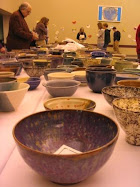







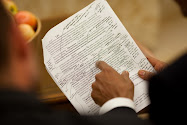
























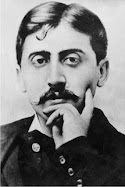






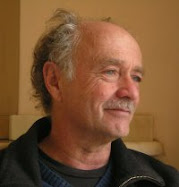











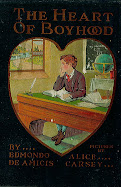
















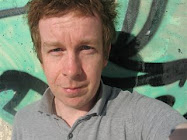




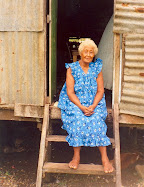




































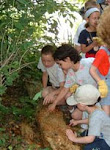.jpg)














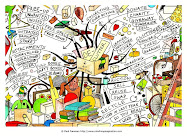






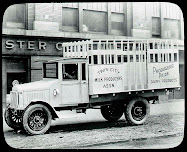





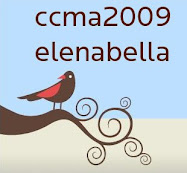














































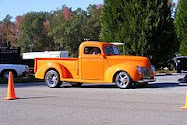













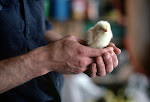
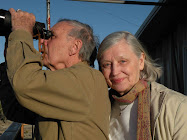
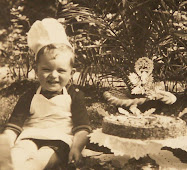














































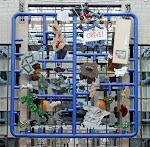.jpg)








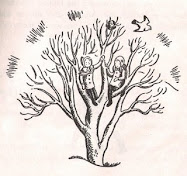







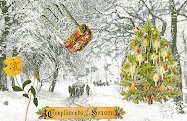



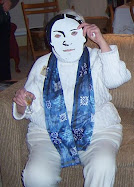
















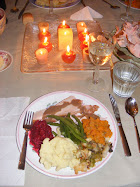




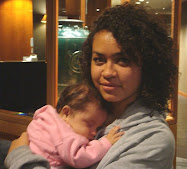
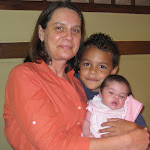





























































No comments:
Post a Comment